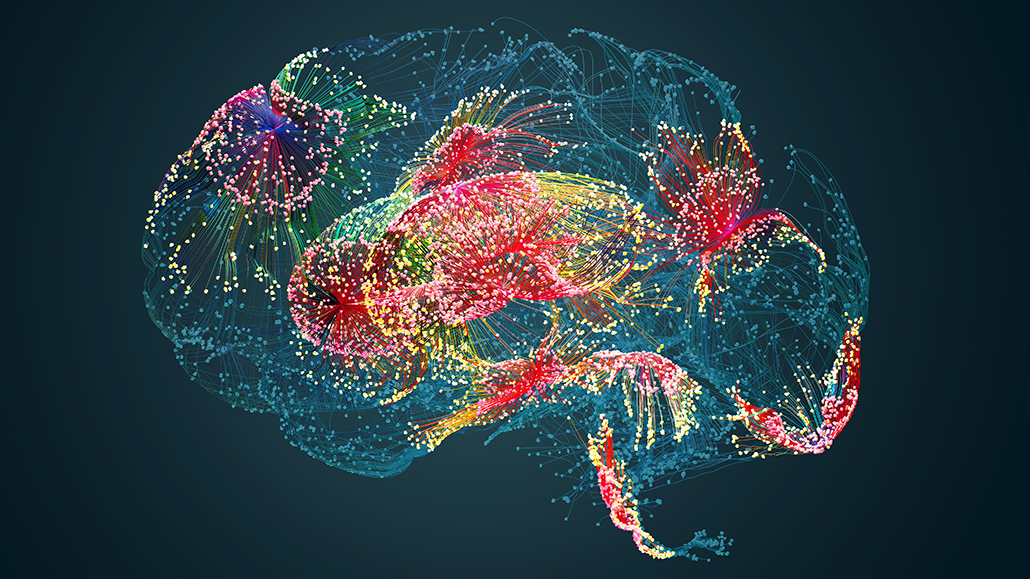Physical Address
304 North Cardinal St.
Dorchester Center, MA 02124
Physical Address
304 North Cardinal St.
Dorchester Center, MA 02124

Artificial intelligence (AI) has been rapidly advancing in recent years, with researchers constantly seeking new ways to improve its capabilities. One of the latest breakthroughs in AI development comes from the unlikely source of the brain of a tiny worm. This discovery has led to the creation of a new type of AI known as a liquid neural network.
Scientists, led by Ramin Hasani at the Massachusetts Institute of Technology (MIT), were studying the brain of a small worm called C. elegans when they made a fascinating observation. Despite its minuscule brain, the worm displayed remarkable movement and exploration abilities, surpassing even the most advanced robotic systems. This led Hasani and his team to delve deeper into the workings of the worm’s brain and explore how it could be applied to AI.
Neurons, the cells responsible for transmitting information in the brain, form connections called synapses. These interconnected networks process thoughts and sensations. Traditional AI models, known as artificial neural networks (ANNs), have been widely used but have limited similarities to the human brain. Liquid neural networks, on the other hand, more closely mimic the organization and functionality of our brains.
Compared to standard ANNs, liquid neural networks require less energy and computational power to operate. They have shown promising results in various tests, including self-driving cars and drones. Liquid neural networks have demonstrated adaptability and the ability to learn and improve based on the inputs they receive, even after training.
One of the key advantages of liquid neural networks is their ability to focus attention. While traditional ANNs tend to process information from various sources, liquid neural networks prioritize specific features, similar to how humans perceive and react to their surroundings. This focus on relevant information enhances the performance of AI systems in tasks such as self-driving cars, where the ability to identify and respond to critical cues is crucial.
The development of liquid neural networks has the potential to revolutionize the field of AI. By drawing inspiration from the brain of a tiny worm, researchers have created a more efficient and adaptable AI model. Liquid AI, the company founded by Hasani and his team, aims to bring this technology into mainstream applications.
As AI continues to shape our lives, advancements like liquid neural networks offer exciting possibilities. The ability to create AI systems that closely resemble the human brain opens up new avenues for innovation and problem-solving. With further research and development, liquid neural networks could pave the way for more realistic and intelligent AI applications in various industries.
Stay tuned for the next part of this series, where we will explore the effects of liquid neural networks and their potential impact on society.
The development of liquid neural networks, inspired by the brain of a tiny worm, has had a profound impact on the field of artificial intelligence (AI). These innovative AI models, which closely mimic the organization and functionality of the human brain, have brought about significant changes and improvements in various applications.
One of the key effects of liquid neural networks is their enhanced efficiency and reduced resource requirements. Compared to traditional artificial neural networks (ANNs), liquid neural networks consume less energy and computational power while delivering comparable or even superior performance. This efficiency has opened up new possibilities for AI deployment in resource-constrained environments, such as mobile devices and Internet of Things (IoT) devices.
Moreover, liquid neural networks have demonstrated remarkable adaptability and the ability to learn and improve over time. Unlike traditional ANNs that often remain static after training, liquid neural networks can continue to learn and adapt based on the inputs they receive. This dynamic nature allows AI systems powered by liquid neural networks to stay up-to-date with changing environments and evolving tasks, making them more versatile and effective.
The focus and attention capabilities of liquid neural networks have also had a significant effect on AI applications. By prioritizing relevant features and information, these networks can filter out noise and distractions, leading to more accurate and efficient decision-making. This effect is particularly evident in tasks such as image recognition, where liquid neural networks excel at identifying critical details and patterns.
Another notable effect of liquid neural networks is their potential to improve safety and reliability in autonomous systems. Self-driving cars and drones equipped with liquid neural networks have demonstrated improved performance in navigation and obstacle avoidance. The ability to focus on critical cues and make real-time decisions based on the environment enhances the safety and efficiency of these AI-driven systems.
Furthermore, the development of liquid neural networks has sparked new avenues of research and innovation in the field of AI. Scientists and engineers are now exploring the potential of liquid neural networks in various domains, including healthcare, finance, and robotics. The ability to create AI systems that closely resemble the human brain has opened up possibilities for more natural and intuitive human-machine interactions.
As liquid neural networks continue to evolve and mature, their impact on society is expected to grow. These advanced AI models have the potential to revolutionize industries, improve efficiency, and enhance decision-making processes. However, it is crucial to address ethical considerations and ensure responsible development and deployment of liquid neural networks to mitigate potential risks and biases.
In conclusion, the development of liquid neural networks has ushered in a new era of AI capabilities. With their improved efficiency, adaptability, focus, and safety features, these AI models have the potential to transform various industries and enhance human-machine interactions. As researchers continue to refine and expand the applications of liquid neural networks, we can expect further advancements and exciting possibilities in the field of artificial intelligence.
If you’re wondering where the article came from!
#